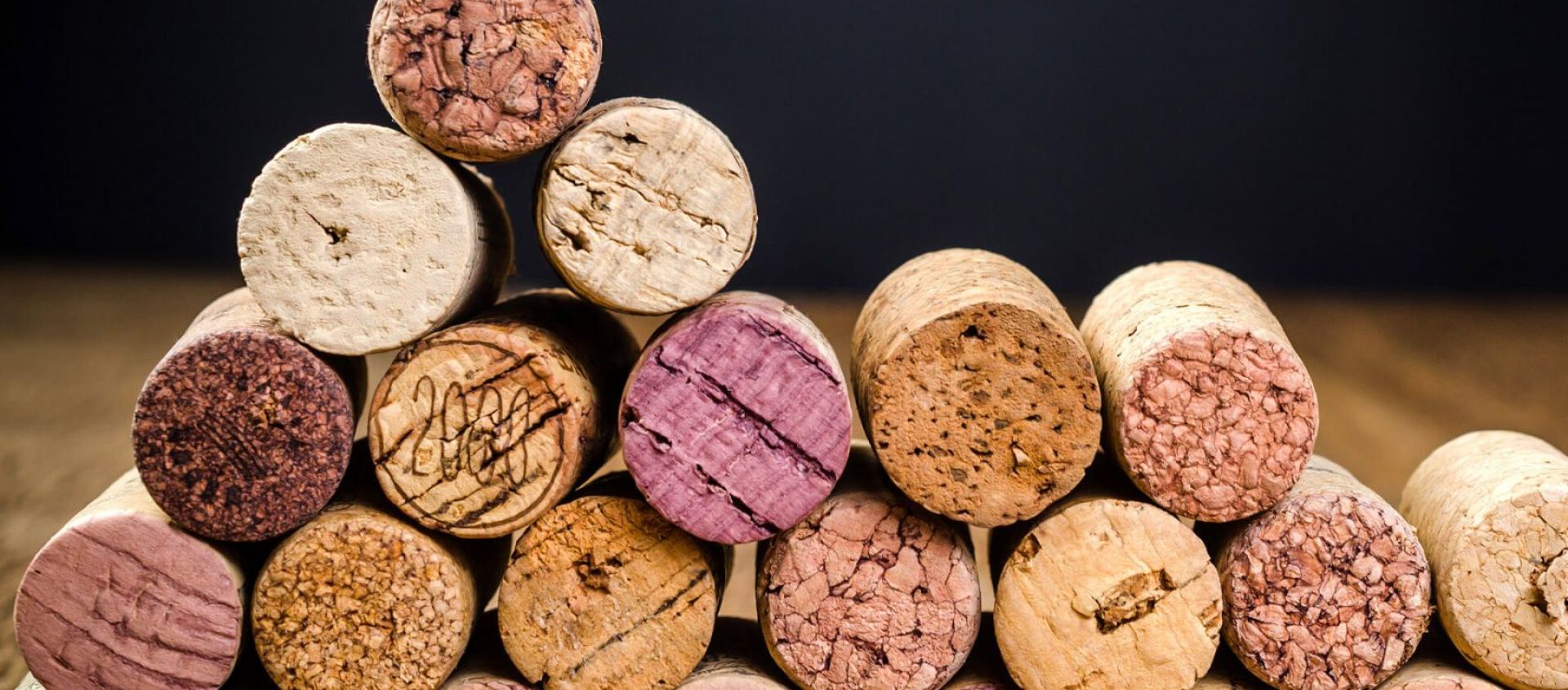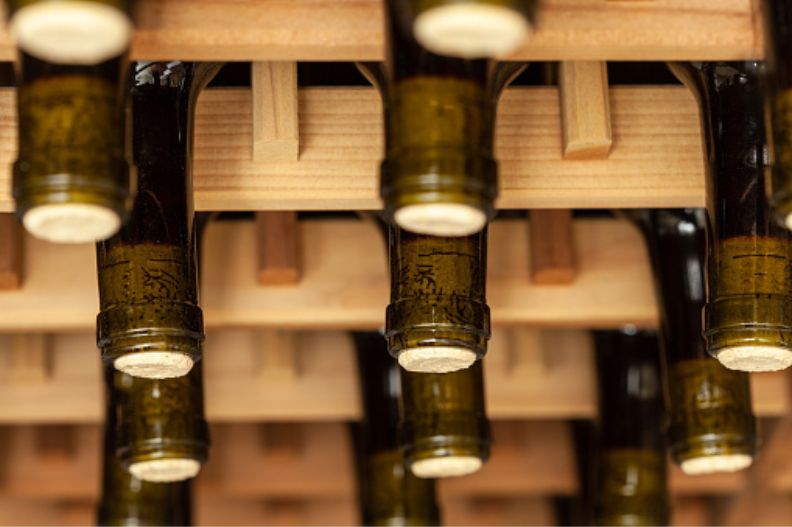
Insights
The Rise of Alternative Wine Closures- Are Corks on the Way Out?
The Future of Wine Closures.
Cork taint is a pervasive issue in the wine industry, impacting wineries across the globe. It occurs when natural corks become contaminated with TCA or other pollutants, leading to a musty or moldy aroma and taste in the wine. While some wineries may believe that they are immune to this issue, or that it only affects lower-quality corks, the reality is that no winery is immune, and even the highest-quality corks can be impacted.
[[relatedPurchasesItems-46]]
The Effects of Cork Taint
Cork taint has an impact on the sense of smell by disrupting olfactory signal transmission, resulting in a dulling effect. The presence of TCA in heavy amounts produces an unpleasant odor resembling that of a musty basement, while in smaller quantities, it can simply dull the aroma and flavor, causing the wine to appear bland and unexciting. Recent studies suggest that TCA itself has no discernible scent, but it does seem to inhibit olfaction, leading to dull or moldy odors.
Some experts believe that cork taint affects humans because the musty odor of TCA is similar to that of mold in food, which could be harmful to our health. However, TCA does not pose a significant danger to humans other than ruining the taste of wine. Although cork-tainted wine is safe to drink or cook with, it will not be as enjoyable.
Compared to other aroma compounds, TCA is relatively stable over time, making cork taint more apparent as the wine is opened or as the bottle ages. This stability also means that cork-tainted bottles may not exhibit obvious faults. As a result, wines that appear unimpressive may actually be contaminated by cork taint.

The Impact of Cork Taint on Wineries and Consumers
The impact of cork taint on wineries and consumers alike is significant. For example, a winery producing 500 cases of wine per year may potentially disappoint 180 customers with cork-tainted wine. In the United States alone, consumers open over 90 million bottles of corked wine annually, resulting in a significant loss of revenue for wineries and disappointment for consumers.

Critics and wine enthusiasts may also be impacted by cork taint, as consumers may attribute the unpleasant taste and aroma to a bad recommendation. Therefore, the acceptable level of cork taint is zero, and the industry must work together to eradicate the problem.
Solutions to Combat Cork Taint
Cork companies are investing heavily in solutions to combat cork taint, including alternative closure options such as synthetic corks and screw caps. However, until a consistent and faultless solution is found, wineries must put pressure on their cork suppliers to provide consistently high-quality and faultless products. This will not only improve the quality of their wine but also protect their reputation and revenue.

Ensuring Quality in the Alcohol Industry
As a supplier, producer, importer, retailer, or distributor in the alcohol industry, it is essential to be aware of the impact of cork taint on the industry and take proactive steps to ensure that the products you provide are of the highest quality. By doing so, you can build trust with your customers, protect your reputation, and contribute to the eradication of cork taint in the wine industry.
Written by Archana Wadhwani, Beverage Trade Network
Become a USATT exhibitor and grow your distribution in the USA. Meet importers, distributors, retailers and press. Get exhibitor information here.


